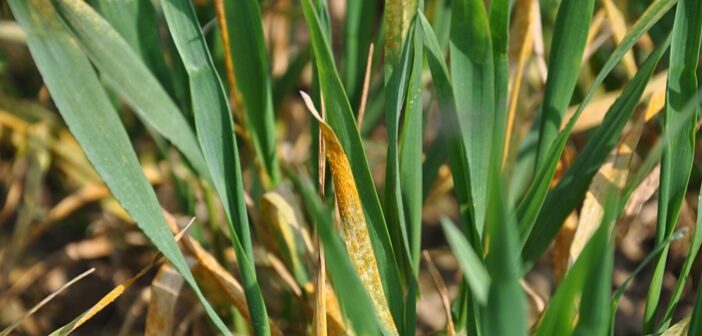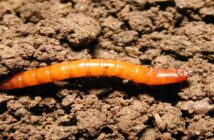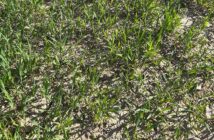The AHDB is warning that yellow rust ratings may not be reliable this season, and growers need to monitor their crops closely. It comes after some unusual observations this season.
Recent RL trial inspections in the North of England have found signs of the foliar disease on several varieties classified as resistant at the young plant stage, including some varieties that are widely grown. The organisation also notes the first hints of something unusual starting to happen in other RL trial regions.
As the yellow rust pathogen population is highly diverse, it is not unusual to detect new strains. However, these early observations suggest that there may be a significant new strain or strains in the UK pathogen population not seen before.
Interestingly, some varieties historically classified as susceptible at the young plant stage are currently relatively clean at the impacted trial sites. This suggests a potential pathogen population shift that may have displaced some other yellow rust strains.
AHDB RL trials manager Mark Bollebakker says it is a fluid situation and trial inspectors are assessing the situation. “The trials in question were at about growth stage 30 at the time of inspection, so adult plant resistance had not kicked in.
“When it does, from stem extension onwards, these varieties may outgrow initial infection. However, it is difficult to predict what will happen.
“We have sent samples to UKCPVS for testing to give us a better understanding of what we are seeing.”
With a very fluid situation, farmers and agronomists should inspect all varieties before final spray decisions and not rely on the RL ratings until we know more.”
Help rust monitoring
The next phase of the UK Cereal Pathogen Virulence Survey (UKCPVS) project got underway earlier this month.
It will specifically support breeding for durable resistance to yellow rust and brown rust in winter wheat because of the relatively high diversity and adaptability of these pathogen populations (compared to other foliar diseases of cereals).
UKCPVS uses pathogen samples (isolates) extracted from diseased cereal leaf samples to check which varieties they can infect.
To monitor UK rust populations effectively, UKCPVS needs samples from infected leaves taken from geographically diverse areas and various wheat varieties.
Anyone can submit a sample to UKCPVS via a simple FREEPOST service.




